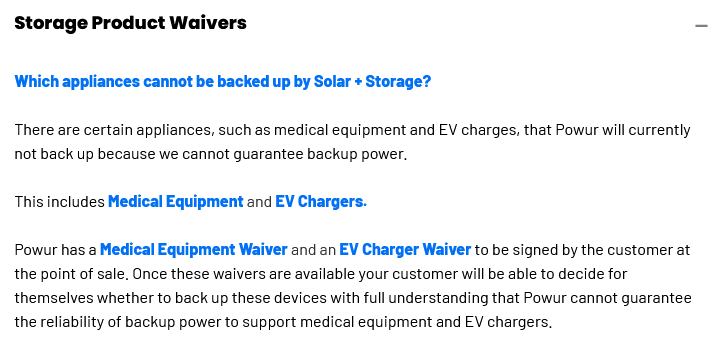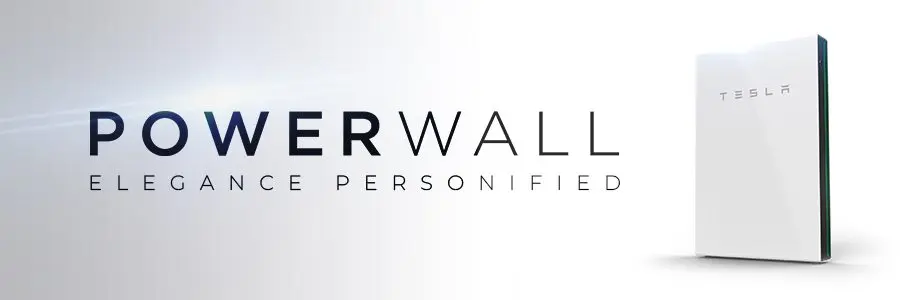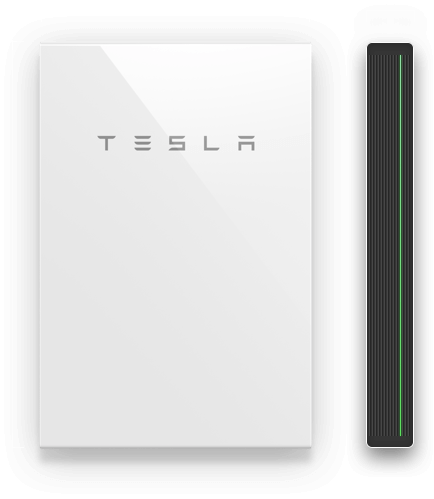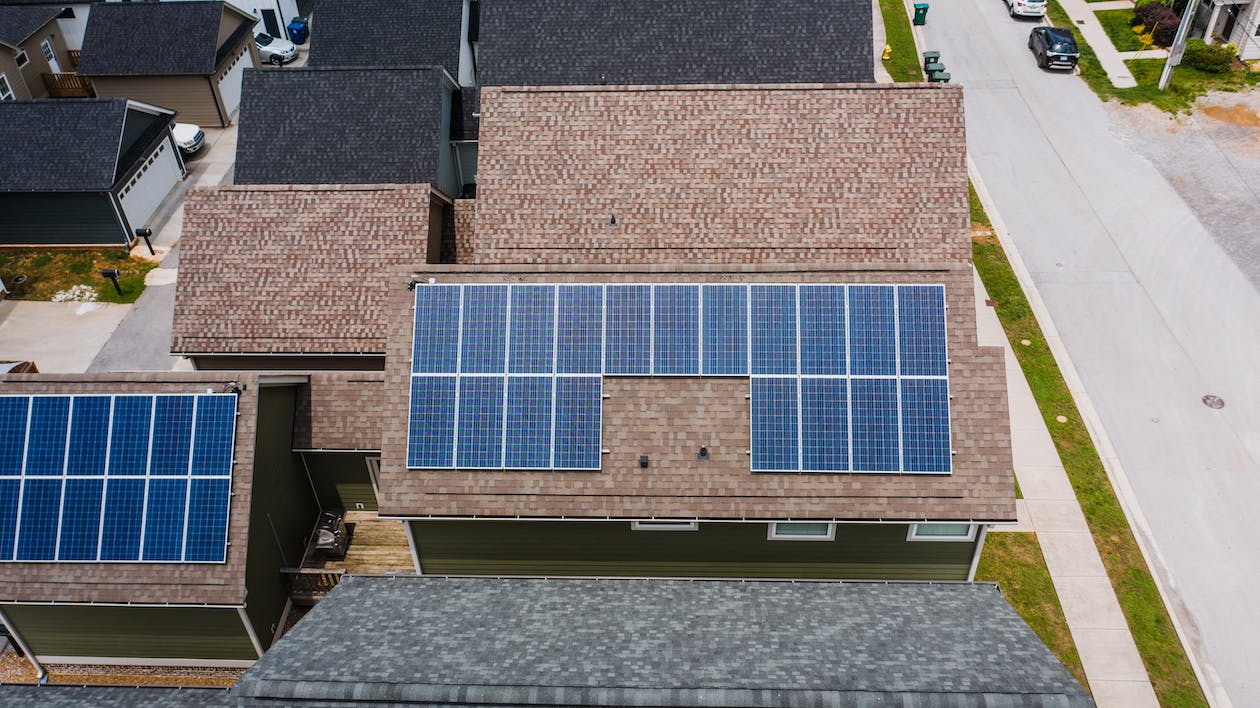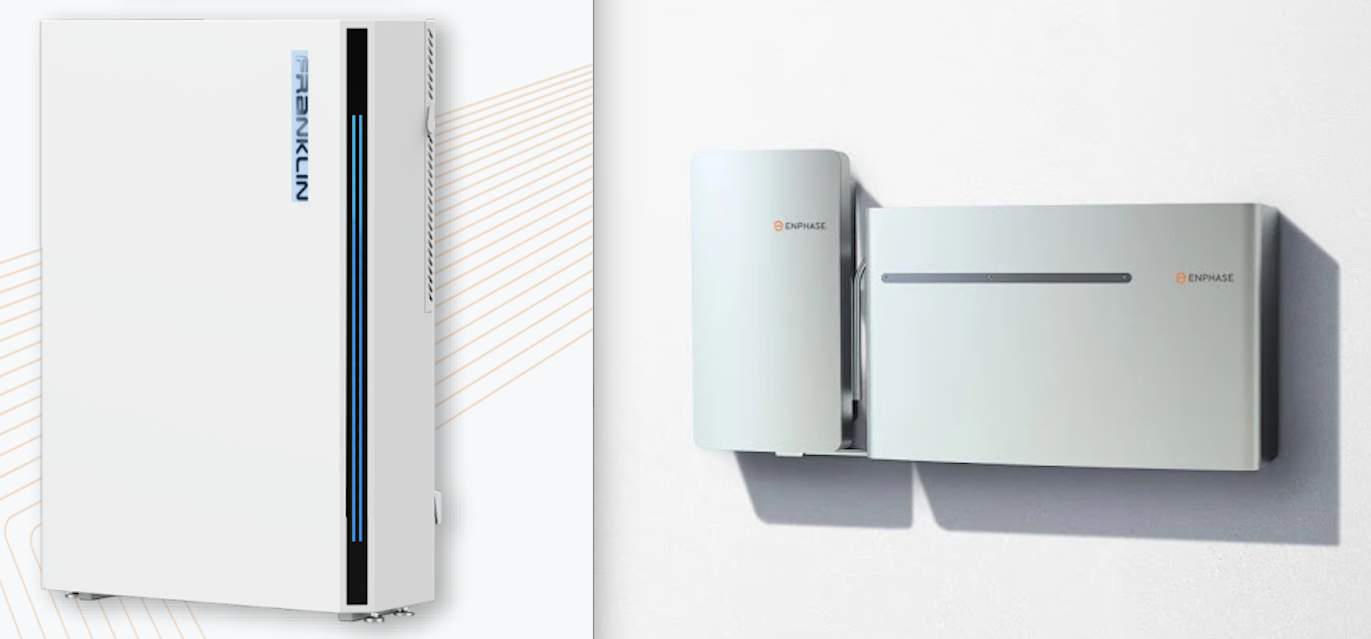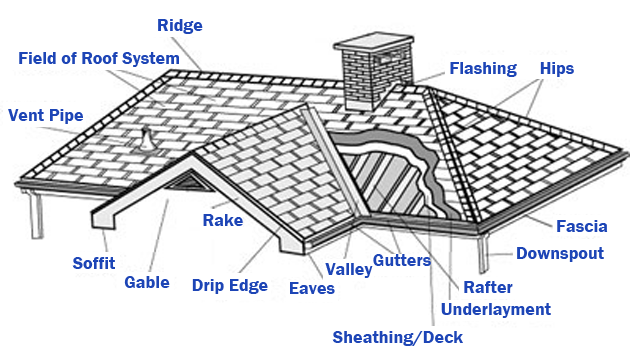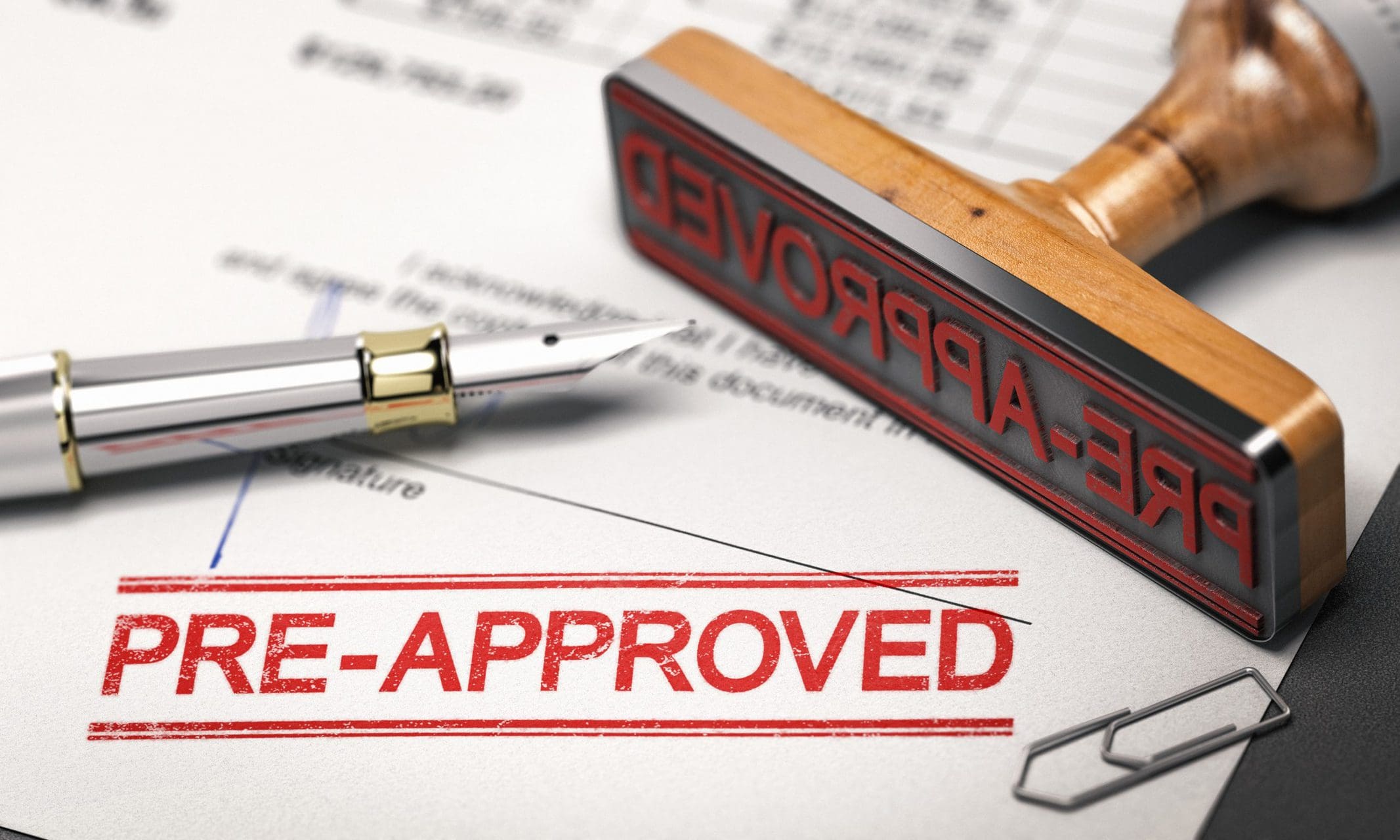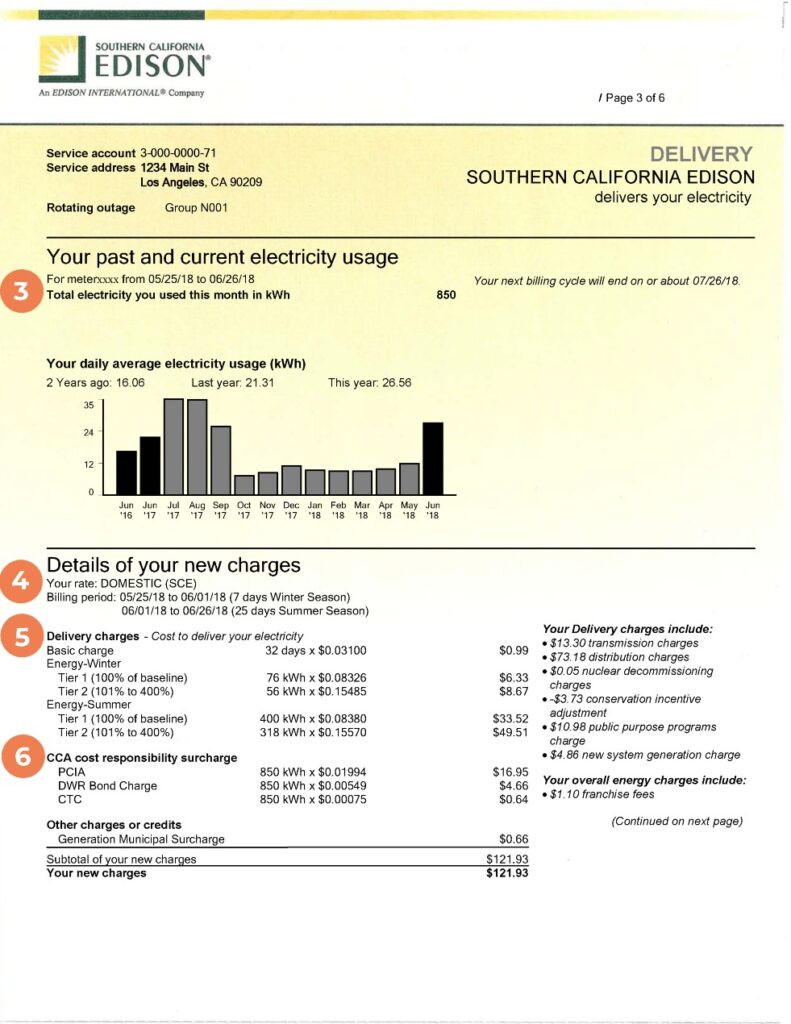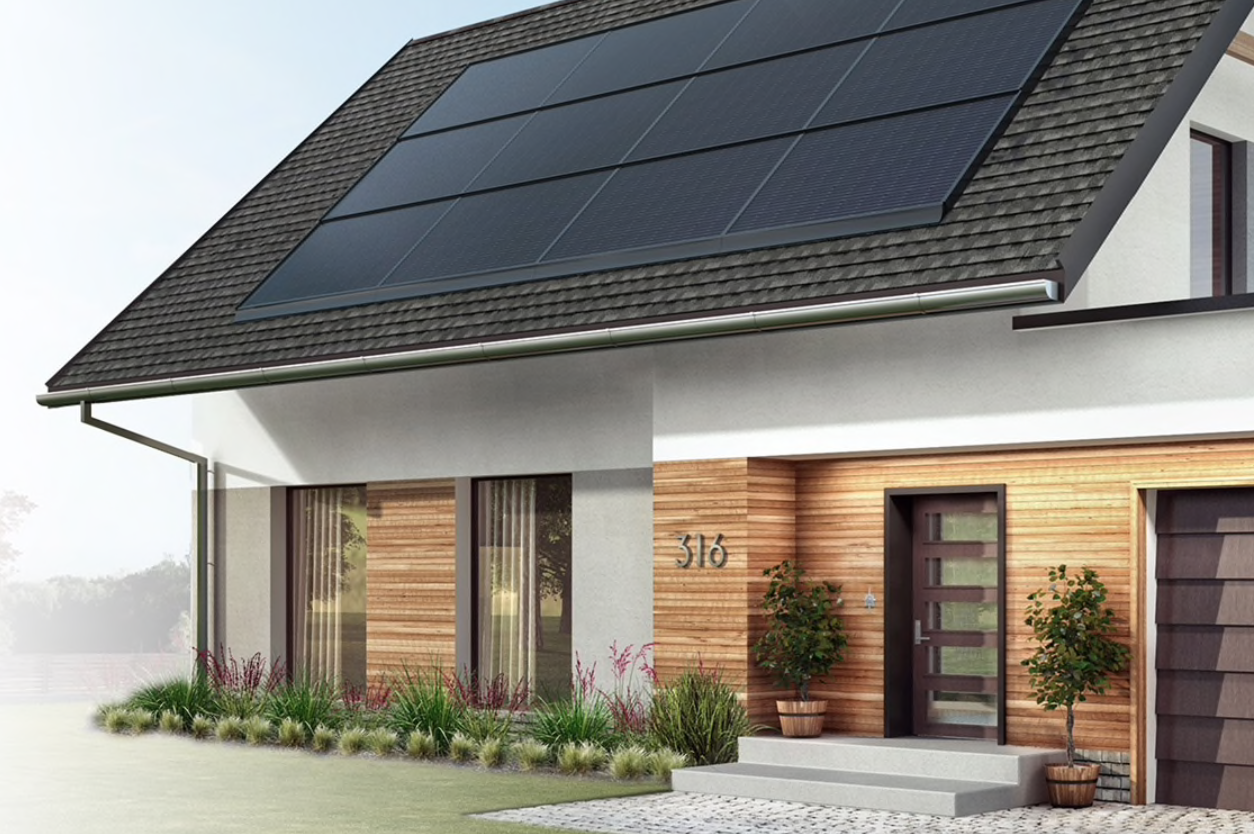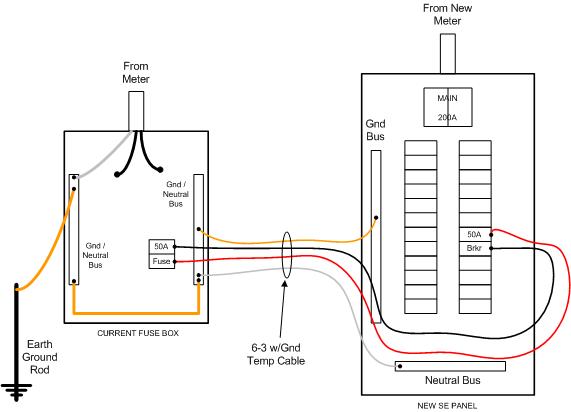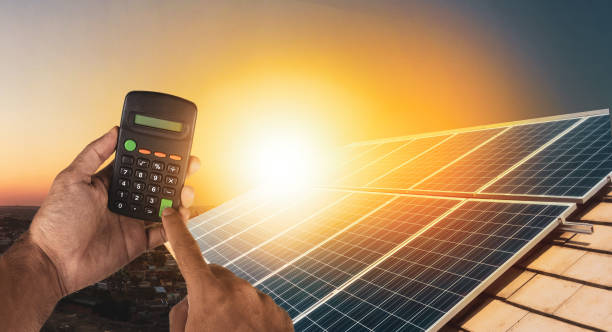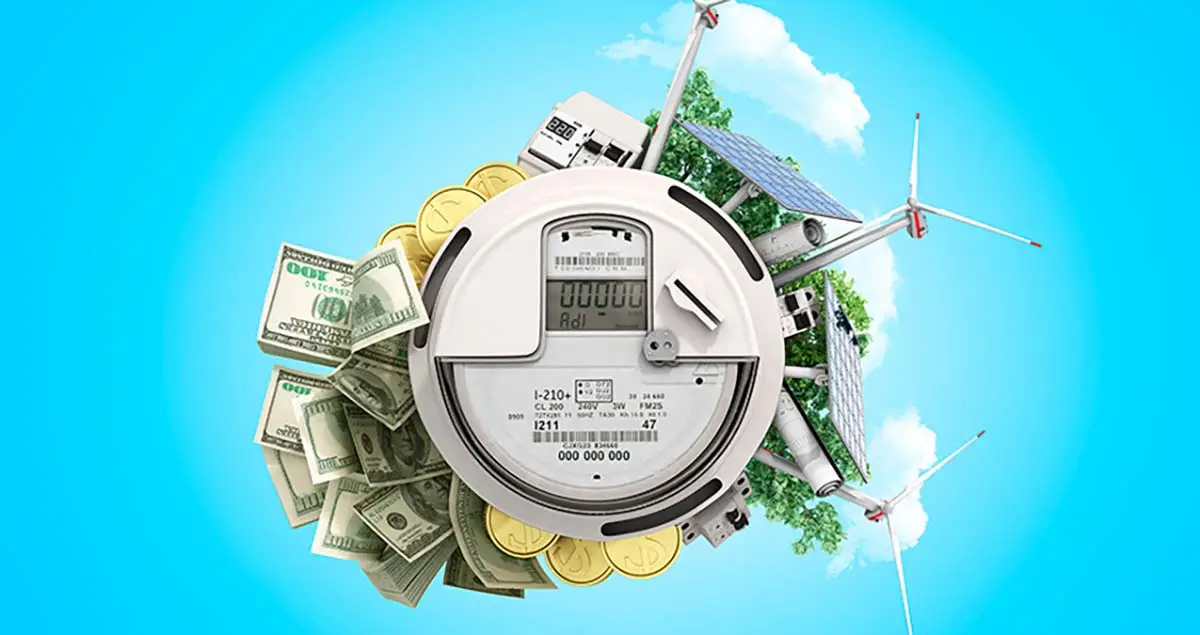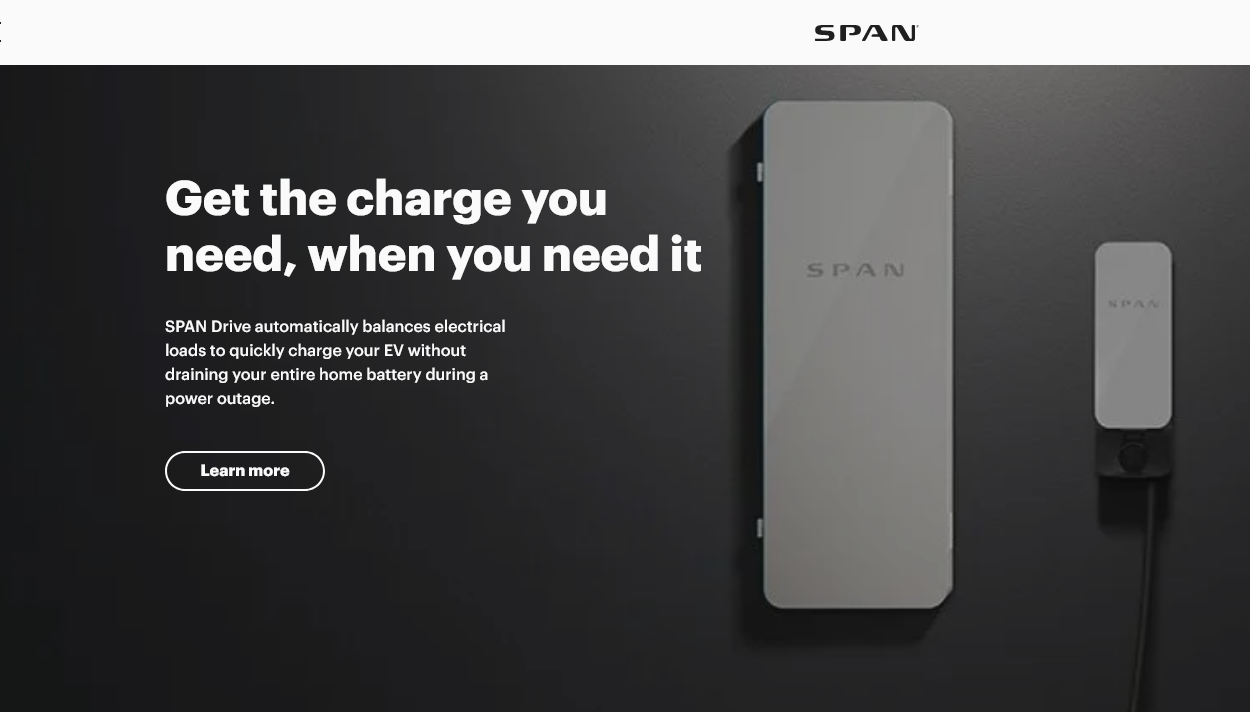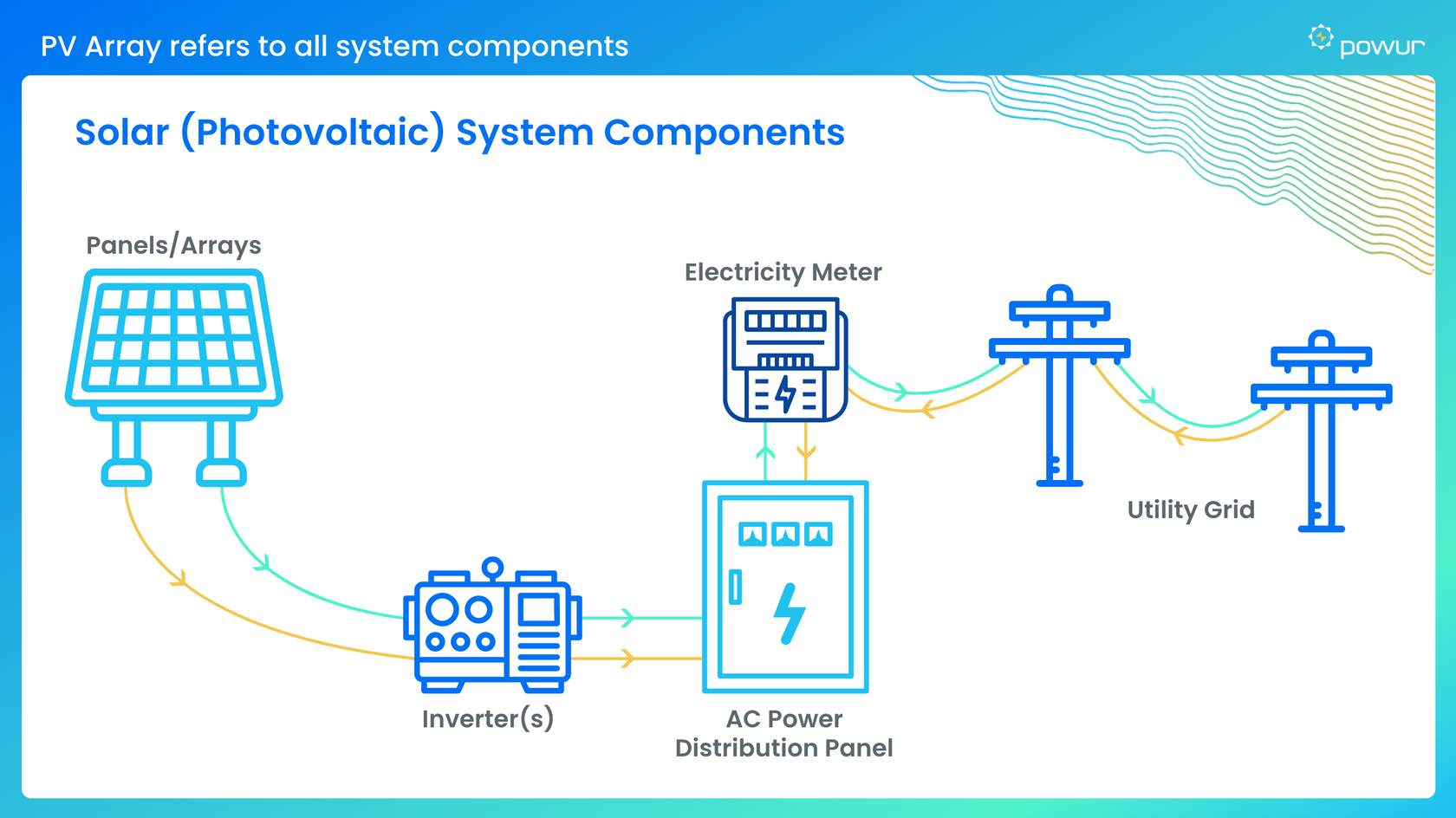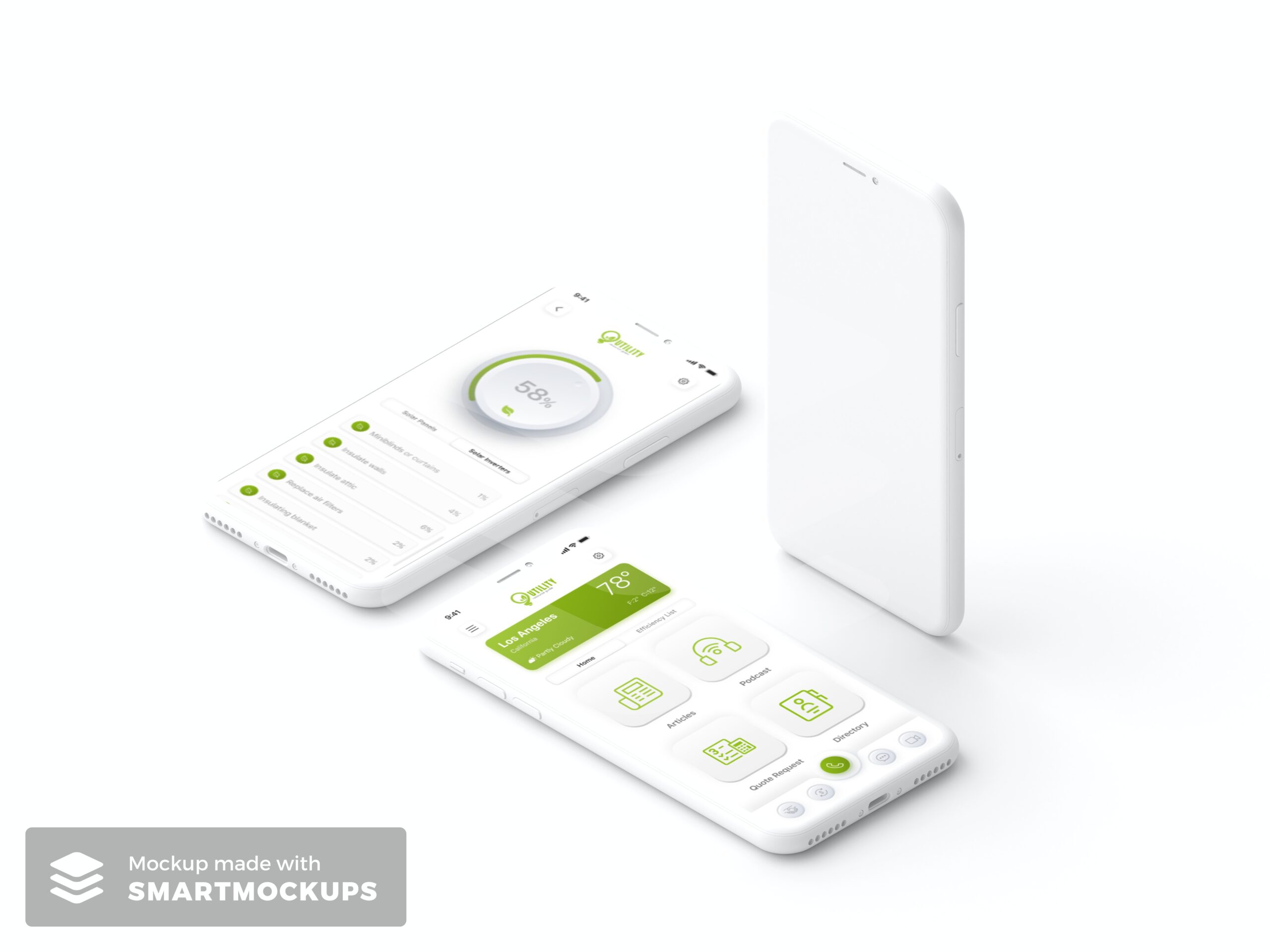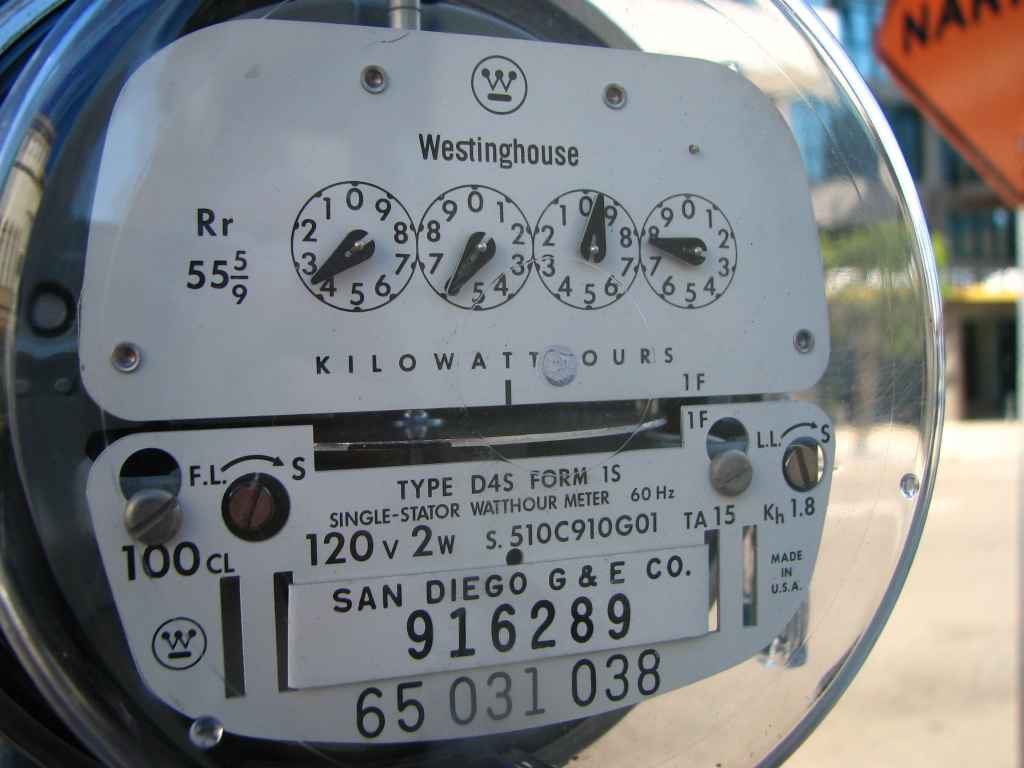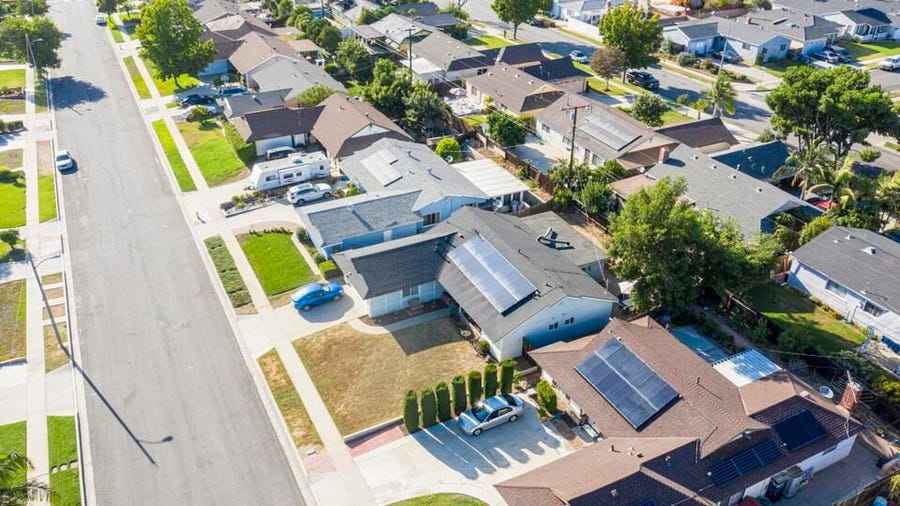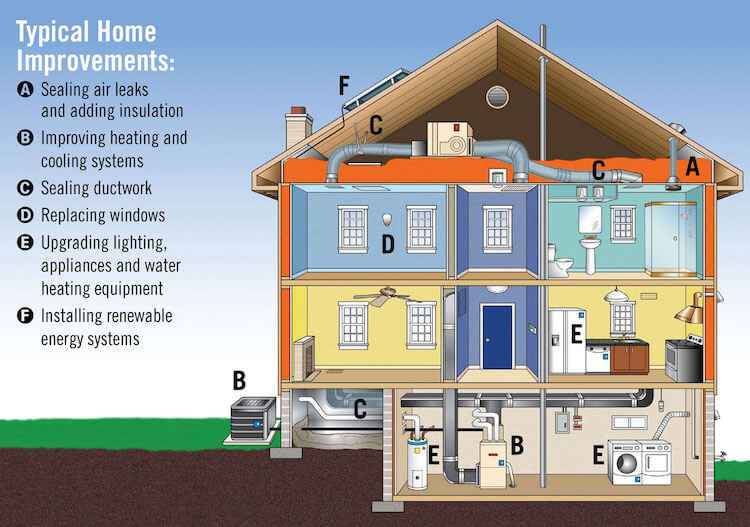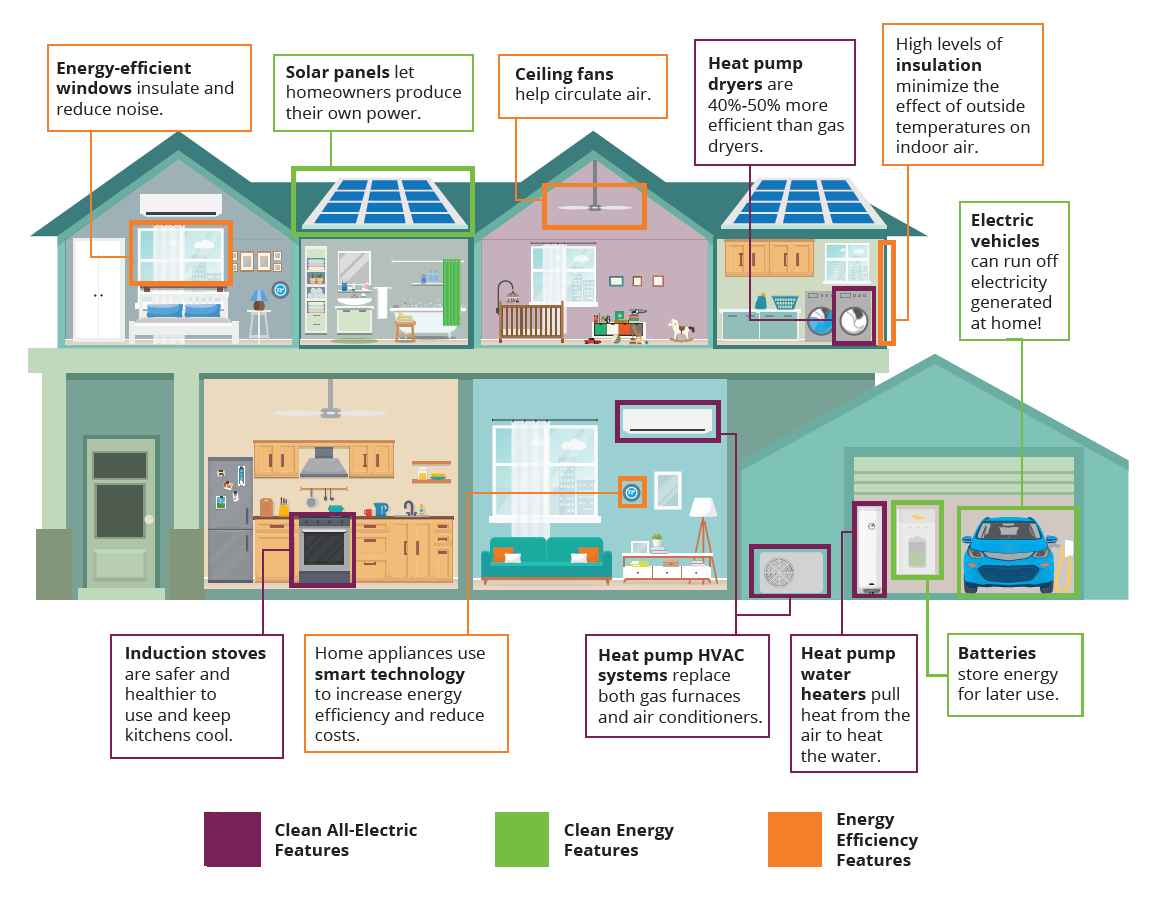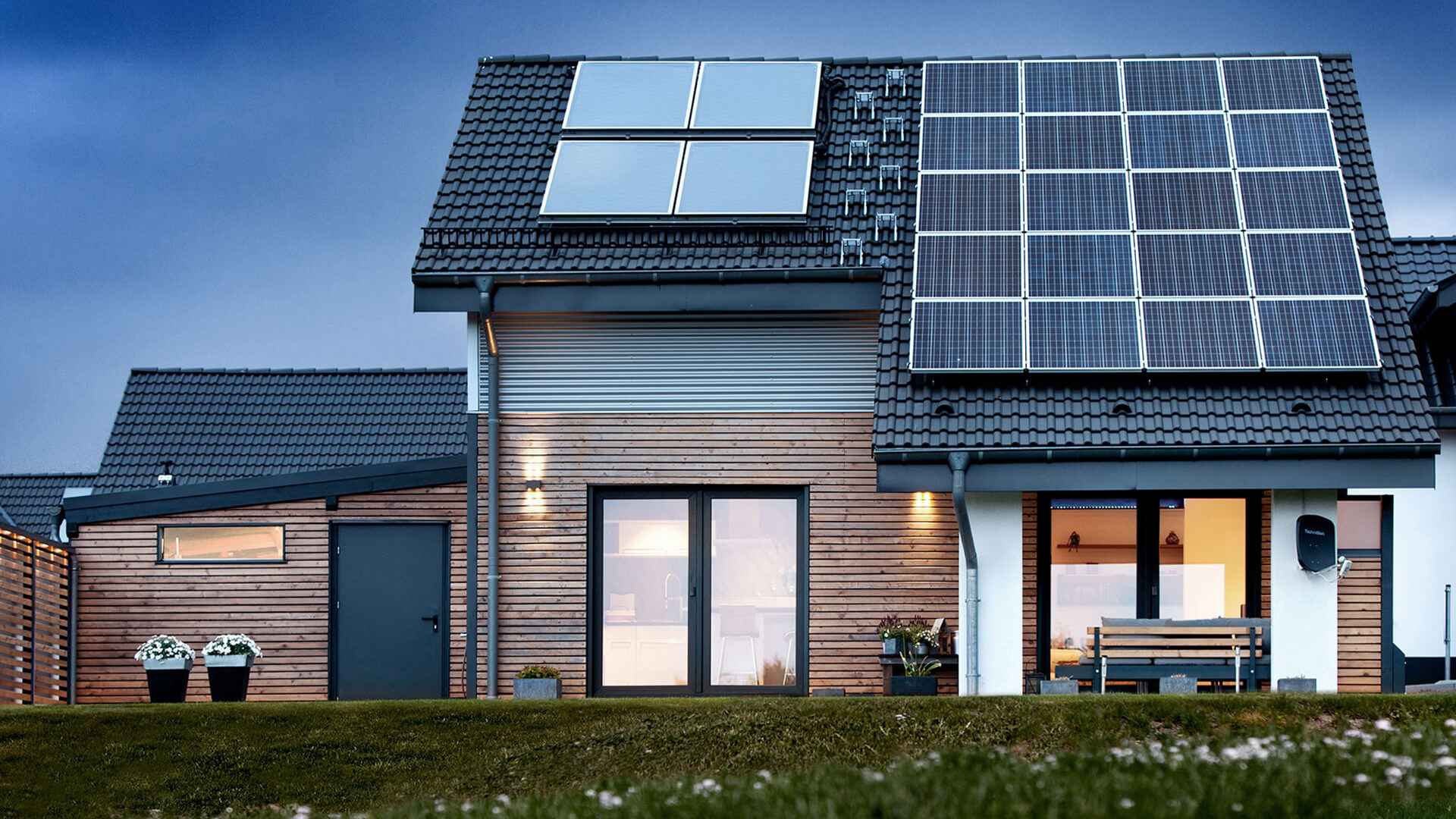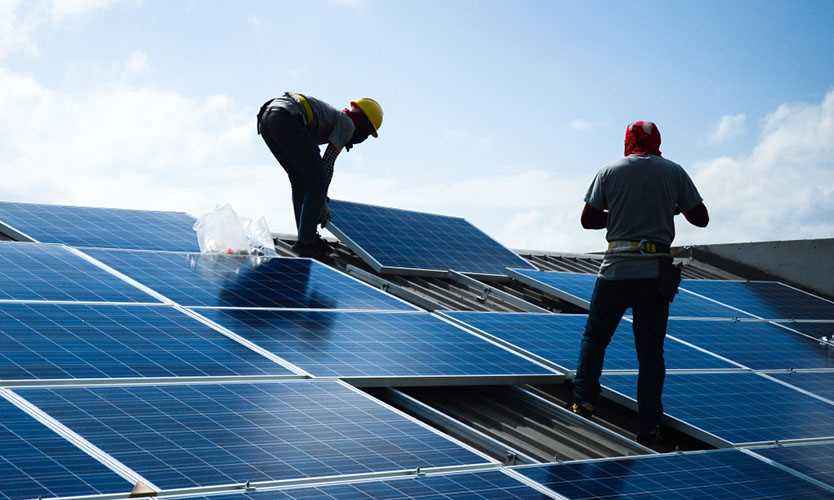
- October 13, 2023
- admin
- 0
Enphase Value Proposition
https://estimator.enphase.com/v2The Enphase system combines efficiency, modularity, and affordability, making it a more accessible solution for home battery backup.
All-in-One Solar + Storage: Enphase brings together the inverter, battery, and monitoring in one cohesive system, all managed through a single software platform. This integration creates the most adaptable system available.
Flexible Sizing: With IQ8 microinverters on solar panels, you can configure your solar and battery capacity without restrictive ratios.
Scalable Battery Capacity: Enphase’s AC-coupled system allows you to start with a small capacity and expand gradually as needed.
Safety with Lithium Iron Phosphate: Enphase batteries employ Lithium Iron Phosphate (LFP) chemistry, known for its exceptional safety, and undergo rigorous industry testing and certification.
Power StartTM Technology: Advanced Power StartTM technology enables a smooth activation of power-hungry appliances, reducing the risk of system crashes.
Weather Alerts and Preparedness: The Storm Guard feature provides alerts for extreme weather events and automatically prepares your home for power continuity during an outage.
Load Management: Prioritize and direct power to critical loads during an outage, optimizing your battery’s longevity and managing your home’s energy usage.
AC Generator Compatibility: Enphase is compatible with most leading AC home standby generators, functioning seamlessly without the need for a generator automatic transfer switch and eliminating power interruptions typically associated with generator switches.

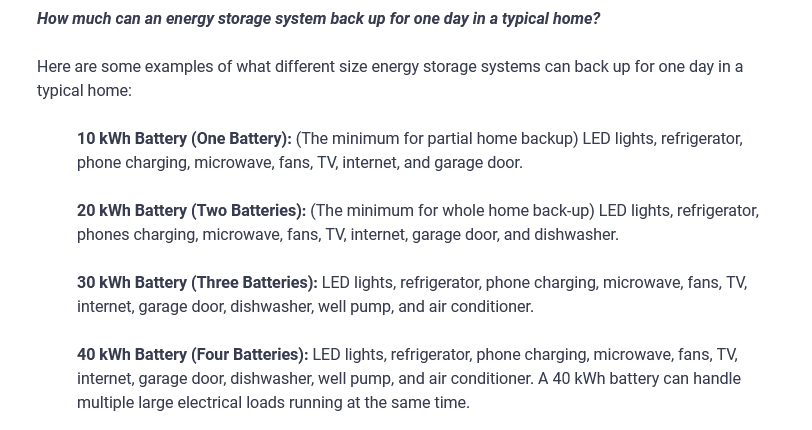
A Comprehensive Guide to Selecting the Right Battery Size for Your Home
Choosing the appropriate battery size for your home is a critical decision that hinges on a multitude of factors. The process entails considering not only your energy consumption but also the size of your residence, the appliances in use, as well as your personal objectives and budget constraints. Below, we delve into the intricacies of each step to guide you through the sizing and design process for your ideal energy storage solution.
Step 1: Determining Energy Needs
The initial and pivotal step in sizing your battery involves a meticulous assessment of your energy needs. This is typically accomplished by calculating the average daily energy usage in kilowatt-hours (kWh) based on the utility bills you’ve collected from the customer. This data provides the foundational understanding necessary for selecting an appropriately sized battery.
Step 2: Identifying Energy Goals
The next critical aspect of battery sizing is to align the system with your specific energy objectives. Depending on your intentions, you may be seeking a battery solution tailored for self-consumption or backup power for your entire home or just a portion of it. Different goals necessitate different battery sizes. For example, the Powur Saver plan for self-consumption generally requires a single 10 kWh battery, while the more extensive Powur House options may demand storage capacities ranging from 20 kWh to 40 kWh.
Step 3: Determining Battery Capacity
Once you have a clear picture of your energy needs and goals, the next step is to determine the appropriate battery capacity. This is where the rubber meets the road. Your battery capacity should be carefully selected to provide a sufficient reservoir of energy to meet your needs. Generally, it is recommended to size your battery to store enough energy for 1-2 days of consumption. The exact quantity will depend on whether your primary objective is self-consumption or backup storage. This pivotal step ensures that you have an adequate buffer to cater to your energy requirements, even during adverse conditions.
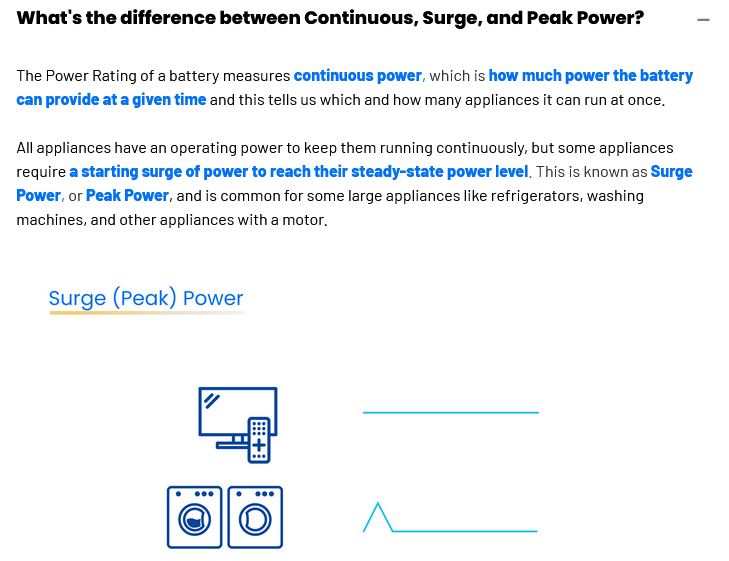
What is Power Stacking and Energy Stacking?
Power Stacking for Solar Empowerment
Power Stacking, a game-changing approach, empowers your solar system by adding more inverters. This not only boosts power output but also allows for higher storage system discharge rates, ensuring a more reliable and efficient energy supply.
Energy Stacking for Storage Supremacy
With Energy Stacking, you can supercharge your energy storage capacity by integrating multiple batteries into a single inverter. This means extended energy autonomy and the ability to store surplus power for future needs. Unleash the potential of Energy Stacking for enhanced energy storage.


